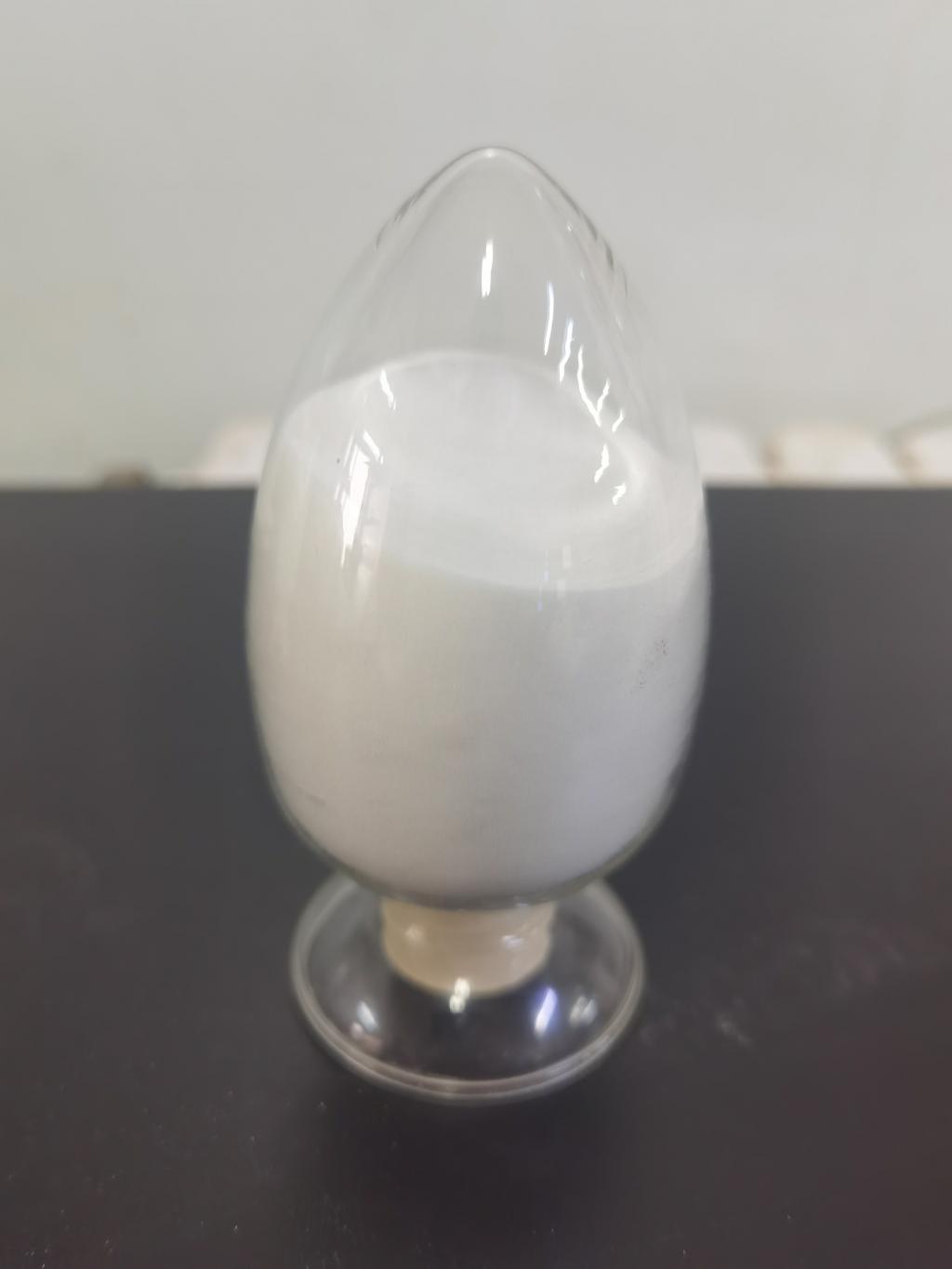Tel:0086 18231198596

News
Biomedical Applications of ε-Polylysine Hydrochloride: Current Trends and Future Prospects.
TIME:2024-06-04
Antimicrobial Applications
One of the primary biomedical applications of ε-polylysine hydrochloride is in antimicrobial therapy. Its potent antimicrobial activity against a wide range of microorganisms, including bacteria, fungi, and viruses, makes it an attractive option for treating infections. Recent research has focused on optimizing ε-polylysine hydrochloride formulations for enhanced efficacy, as well as exploring combination therapies with conventional antibiotics to combat antimicrobial resistance.
Drug Delivery Systems
ε-Polylysine hydrochloride holds promise as a carrier for drug delivery systems. Its ability to interact with biological membranes and facilitate cellular uptake makes it suitable for delivering therapeutic agents, such as drugs or nucleic acids, across cell membranes. Recent advancements in ε-polylysine hydrochloride-based drug delivery systems include the development of nanoparticles, liposomes, and micelles for targeted delivery and controlled release of therapeutic payloads.
Tissue Engineering
In tissue engineering and regenerative medicine, ε-polylysine hydrochloride has emerged as a potential scaffold material for supporting cell growth and tissue regeneration. Its biocompatibility, biodegradability, and ability to mimic the extracellular matrix make it suitable for constructing tissue-engineered constructs. Recent studies have explored the use of ε-polylysine hydrochloride scaffolds for various applications, including bone regeneration, cartilage repair, and neural tissue engineering.
Wound Healing
Another promising biomedical application of ε-polylysine hydrochloride is in wound healing. Its antimicrobial and anti-inflammatory properties, combined with its ability to promote cell proliferation and migration, make it beneficial for accelerating the wound healing process. Recent research has investigated ε-polylysine hydrochloride-based wound dressings, hydrogels, and coatings for promoting wound closure, reducing infection risk, and enhancing tissue repair.
Emerging Research Areas
In addition to the established biomedical applications, ε-polylysine hydrochloride is being explored in emerging research areas, such as cancer therapy, immunotherapy, and bioimaging. Recent studies have investigated ε-polylysine hydrochloride conjugates for targeted drug delivery to cancer cells, as well as its potential as an adjuvant in cancer immunotherapy. Moreover, ε-polylysine hydrochloride-based contrast agents show promise for use in biomedical imaging techniques, such as magnetic resonance imaging (MRI) and fluorescence imaging.
Future Directions
Future research directions in the biomedical applications of ε-polylysine hydrochloride include:
a. Optimization of formulations for enhanced efficacy and safety.
b. Development of multifunctional ε-polylysine hydrochloride-based biomaterials for combined therapeutic applications.
c. Translation of preclinical findings into clinical applications through rigorous testing and validation.
Conclusion
ε-Polylysine hydrochloride holds significant potential for various biomedical applications, including antimicrobial therapy, drug delivery, tissue engineering, and wound healing. Its diverse properties, combined with ongoing advancements in formulation design and biomedical engineering, pave the way for innovative solutions to address biomedical challenges and improve patient outcomes. Continued research and collaboration are essential to realize the full potential of ε-polylysine hydrochloride in biomedical fields and translate benchtop discoveries into clinical applications.

 CONTACT
CONTACT




